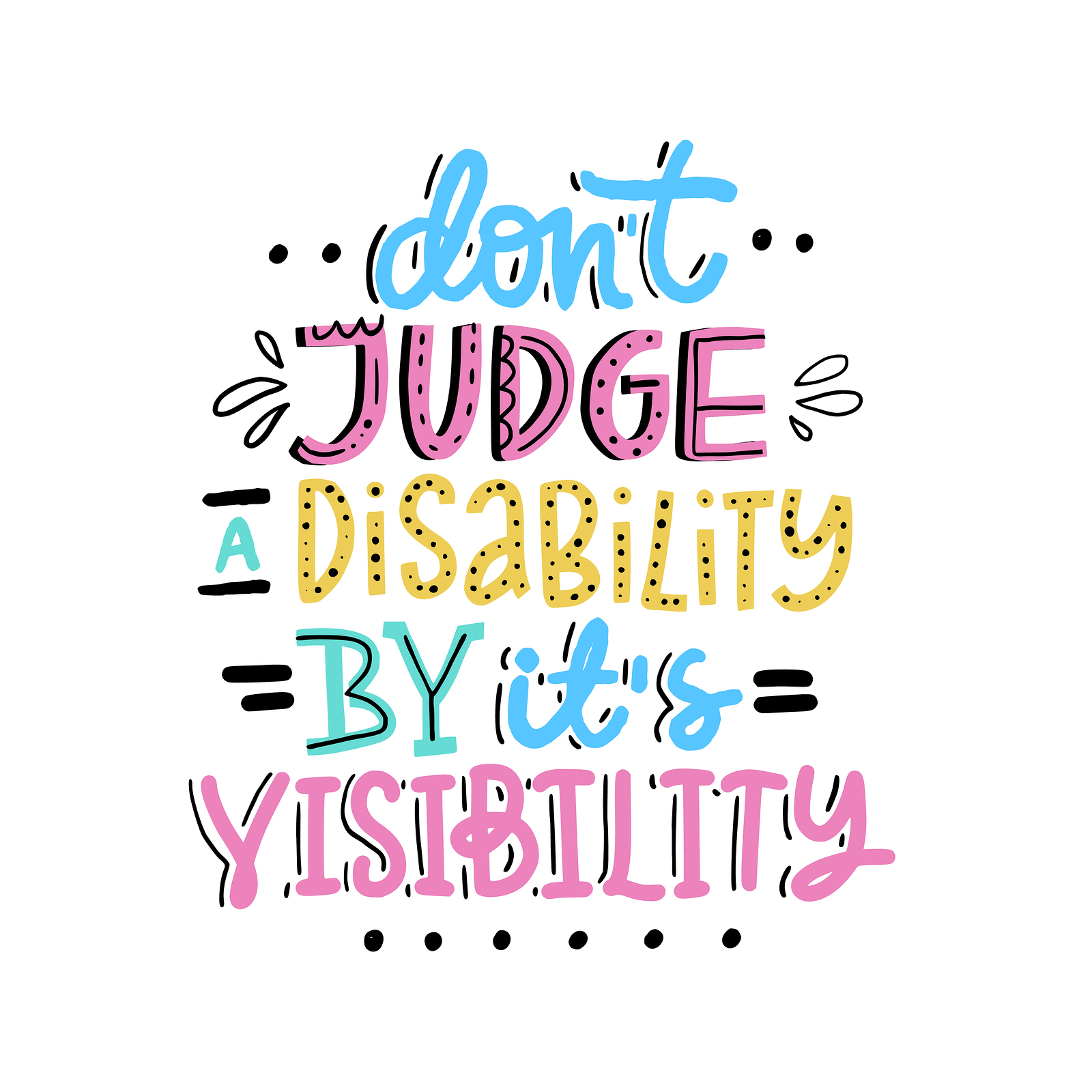
According to the Mayo Clinic, you should get at least 150 minutes of aerobic activity, or 75 minutes of vigorous aerobic activity a week (or some combination of the two). It’s suggested that you spread this out over the course of a week so that might look like about 30 minutes of moderate activity most days of the week.
It’s also recommended that you do strength training for all your major muscle groups at least two times a week. You should be able to do one set of a single exercise with about 12-15 reps using your body weight or some other type of weight to create resistance so that your muscles tire out during that time.
Of course, the more exercise you do, the greater the benefit, but even a little exercise is better than none and can be helpful. And, small amounts can add up. If you think you don’t have time for 30 minutes a day, check out these tips below to learn ways to sneak in those 30 minutes without even really noticing!
HOW TO SNEAK MORE EXERCISE INTO EVERY DAY
Working in more exercise throughout your day doesn’t have to be time consuming. Breaking up your workout sessions into chunks is just as effective as doing one 30-minute routine. Here are a few ways to sneak workout in at home, at work, or anywhere!
AT HOME:
1. Wake up 10 minutes earlier and you’ll find that you can do a lot. A quick walk around the block, a morning yoga session, or even walking up and down the stairs several times can help you get moving. Plus, you’ll start your day knowing you’ve already clocked in 10 minutes of exercise – Win!
2. Workout while watching TV. Turn your down time into workout time by adding in some easy moves. Doing squats, push-ups, running on a treadmill, or riding a stationary bike all seem easier when you’re watching your favourite show. Or, if you’re watching live TV, resolve to workout during the commercials!
3. Take advantage of idle time. You likely have a lot of time when you’re just standing around. Whether it’s doing lunges or sit-ups while the microwave is going, or doing calf raises while brushing your teeth, you’ll find that it’s pretty easy to sneak in about 10 extra minutes a day of workout moves just by utilizing the time you normally spend waiting on something else to happen.
AWAY FROM HOME
1. Park further away, or take a longer route. We know – it’s so tempting to grab that parking spot that’s closest to the door. But parking a bit further away, or taking the scenic route to walk to your destination can add up over time if you’re consistent. It’s a great way to get in those extra steps!
2. Replace a bad habit with exercise. Do you tend to reach for a glass of wine or a beer when you get home from work? Or do you have the after-dinner munchies on the regular? Try working in some exercise to get the added health benefit and break that bad habit. Go for a walk each evening before or after dinner to fight the cravings you might have if you’re just hanging around at home.
3. Meet up with friends for a social workout. It’s hard to fit everything into our busy lives these days, but you can kill two birds with one stone by working exercise into your social life. Do you normally meet a friend for coffee? Try grabbing your coffee to go and walking around while you catch up instead of sitting at the coffee shop. Or enlist a buddy to try a new workout class with you. You don’t even have to call it a “workout” – just catching up on the go to encourage other people to join you! You’re more likely to stick with an exercise routine if you have someone else holding you accountable. Plus, working out with someone else makes it more fun!








